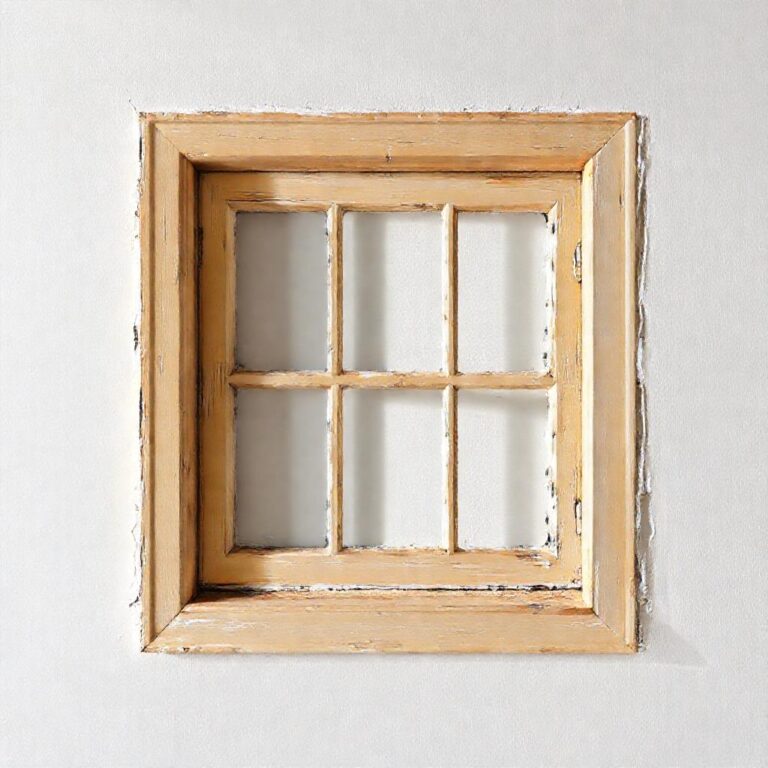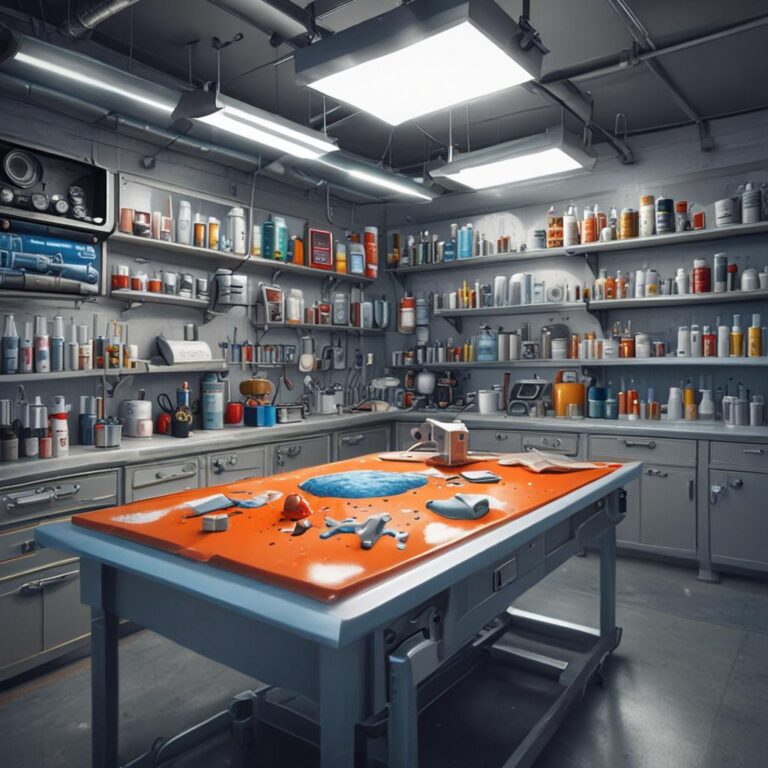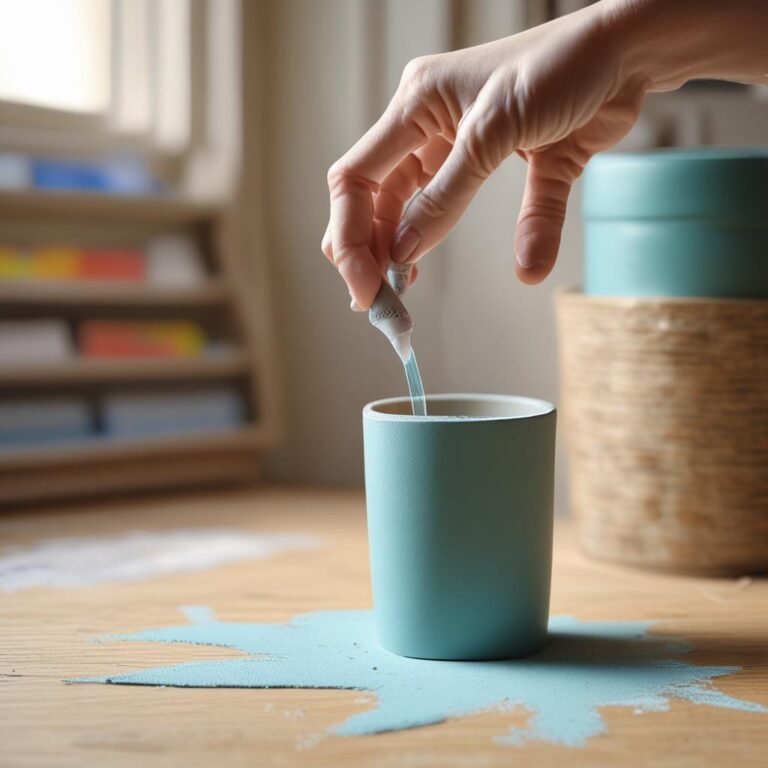Can You Use Exterior Paint Inside
When it comes to painting projects, many homeowners wonder if they can use exterior paint indoors. After all, exterior paint is designed to withstand harsh weather conditions, so it might seem like a durable option for interior spaces. However, this common misconception can lead to unintended consequences. While it is technically possible to use exterior paint inside, there are important factors to consider before making this decision. This article will explore the differences between exterior and interior paint, the potential risks, and the scenarios where using exterior paint indoors might be appropriate.
Understanding Exterior Paint
Exterior paint is specifically formulated to endure outdoor elements such as rain, UV rays, and temperature fluctuations. It contains additives that make it more resistant to mold, mildew, and fading. Additionally, exterior paint is designed to be more flexible to accommodate the expansion and contraction of surfaces caused by changing weather conditions. These properties make it highly effective for outdoor use, but they also contribute to its differences from interior paint.
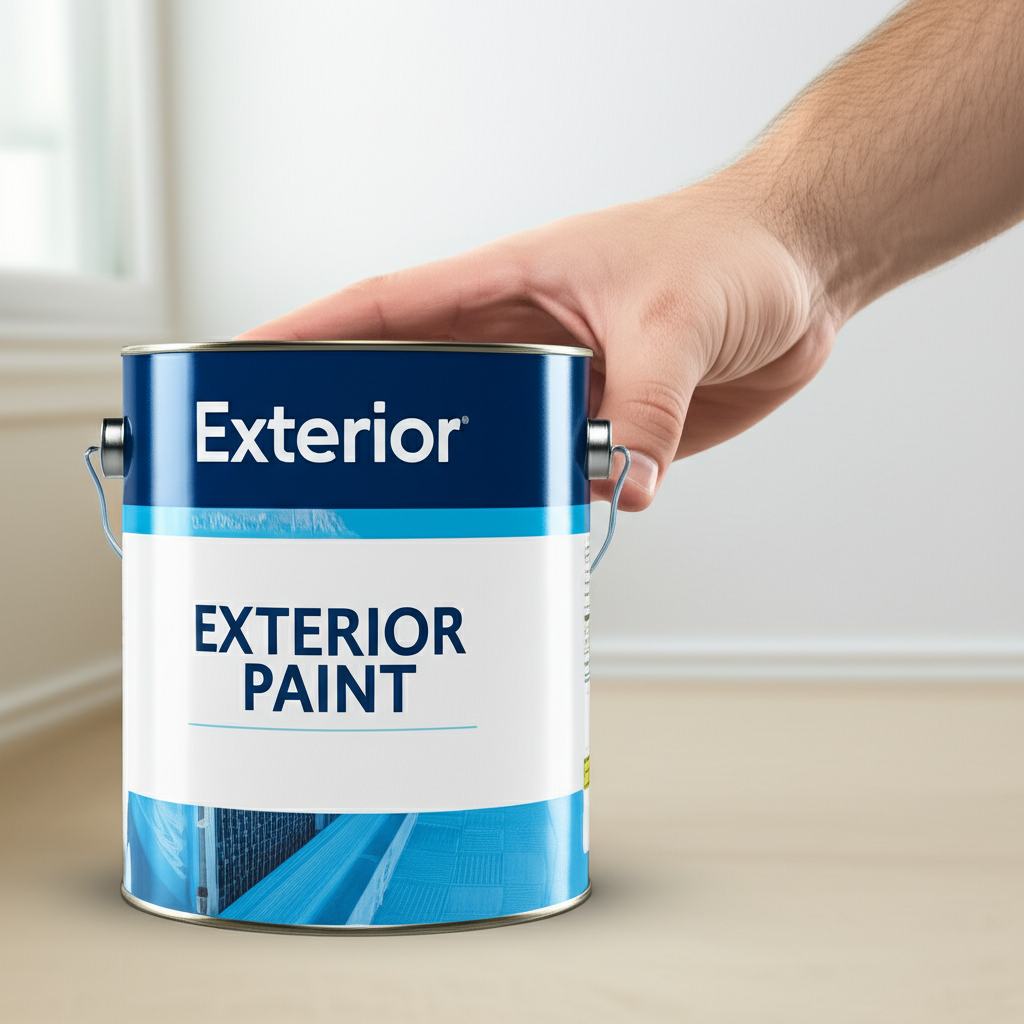
Key Characteristics of Exterior Paint
- Higher levels of volatile organic compounds (VOCs), which can affect indoor air quality.
- Greater durability against weather-related wear and tear.
- Enhanced flexibility to prevent cracking on exterior surfaces.
Risks of Using Exterior Paint Indoors
Using exterior paint inside can pose several risks, primarily due to its chemical composition. The higher VOC content in exterior paint can release harmful fumes into your home, leading to poor indoor air quality and potential health issues such as headaches, dizziness, or respiratory problems. Additionally, the flexibility and durability of exterior paint are unnecessary for indoor surfaces, which are not exposed to the same environmental stressors.
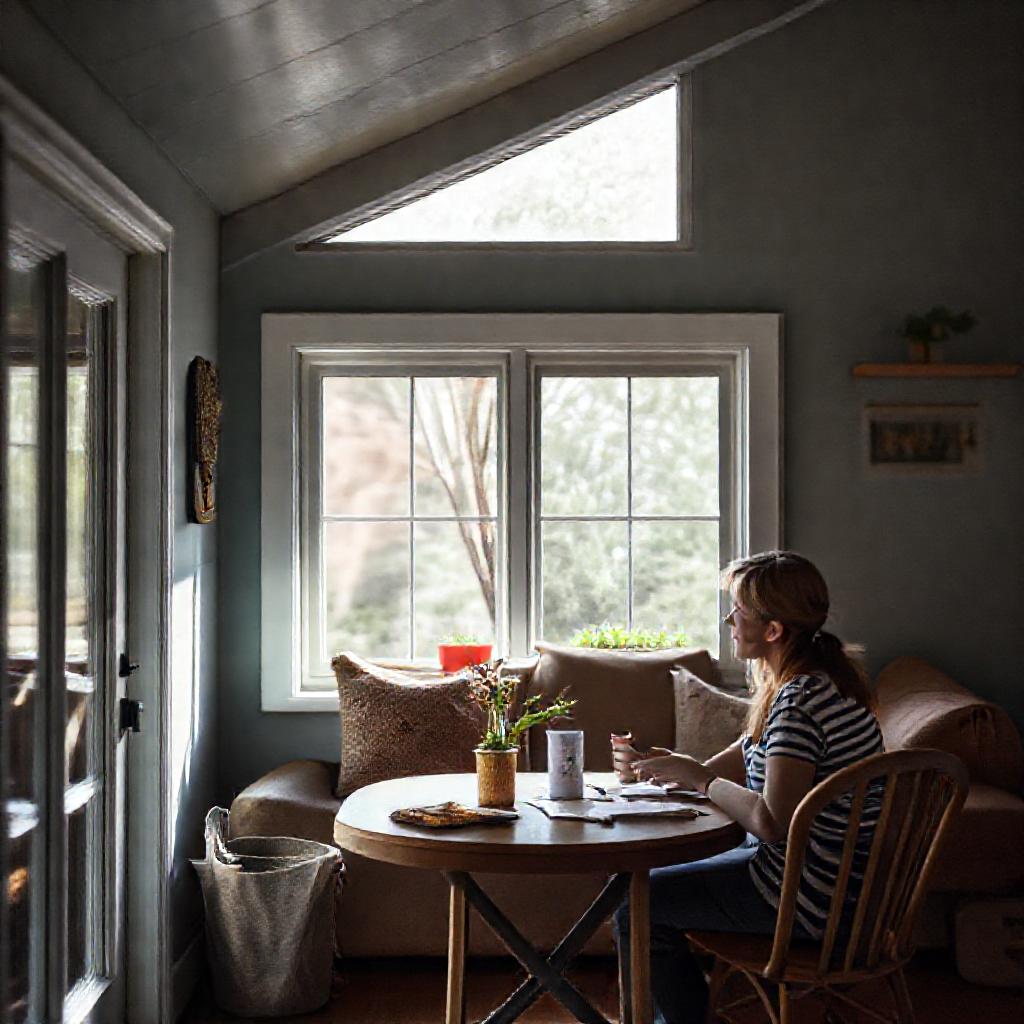
Potential Health and Safety Concerns
- Increased exposure to toxic fumes, especially in poorly ventilated areas.
- Longer drying times, which can prolong the presence of fumes indoors.
- Possible skin or eye irritation during application.
When Can Exterior Paint Be Used Indoors?
While it’s generally not recommended, there are specific scenarios where using exterior paint inside might be acceptable. For example, in areas with high moisture levels, such as basements or laundry rooms, the mold and mildew resistance of exterior paint can be beneficial. However, it’s crucial to ensure proper ventilation and choose a low-VOC exterior paint to minimize health risks.
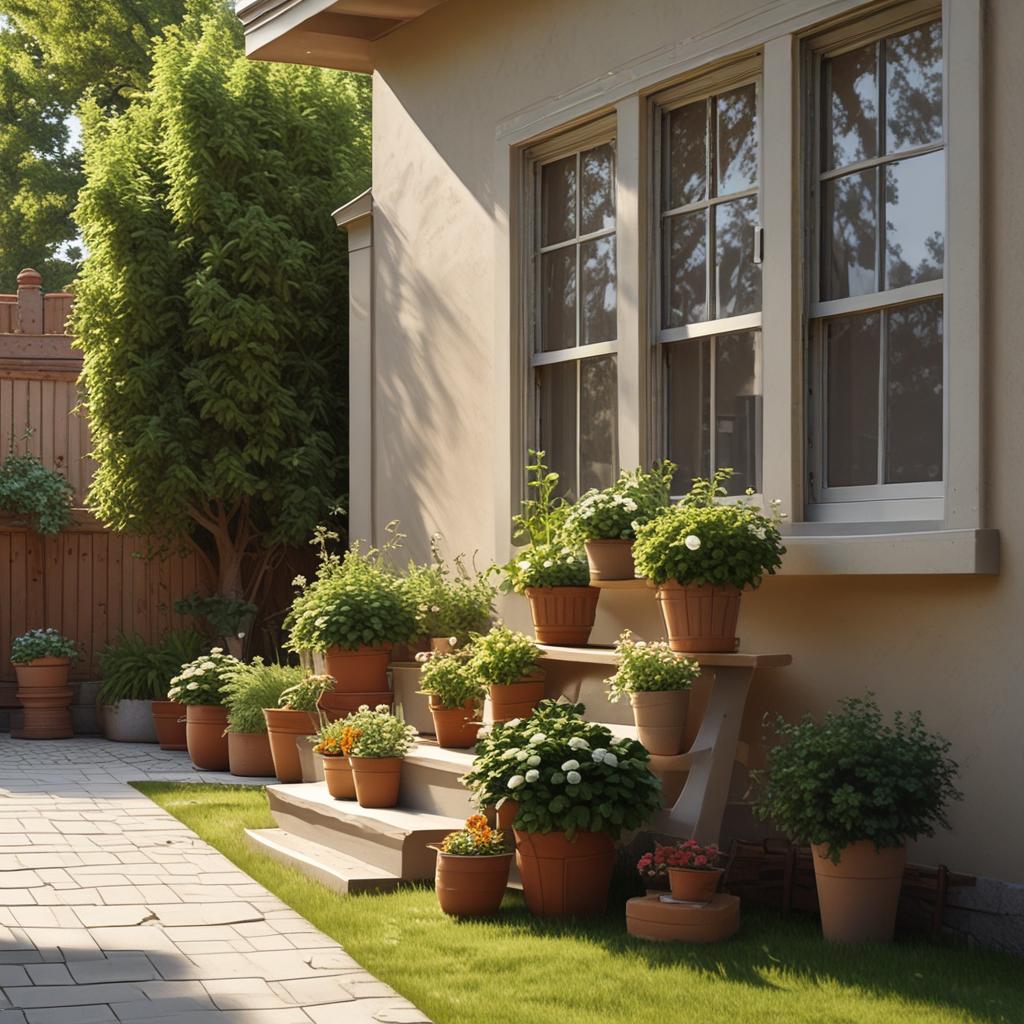
Appropriate Use Cases
- High-humidity areas where mold resistance is essential.
- Temporary solutions for unfinished spaces like garages or workshops.
- Surfaces that require extreme durability, such as doors or trim.
Conclusion
Using exterior paint inside is not ideal due to its higher VOC content and unnecessary durability for indoor environments. However, in specific situations where moisture resistance or extreme durability is needed, it can be a viable option with proper precautions. Always prioritize safety by ensuring adequate ventilation and opting for low-VOC products when possible. For most interior painting projects, it’s best to stick with paint specifically designed for indoor use to ensure a safe and long-lasting finish.



